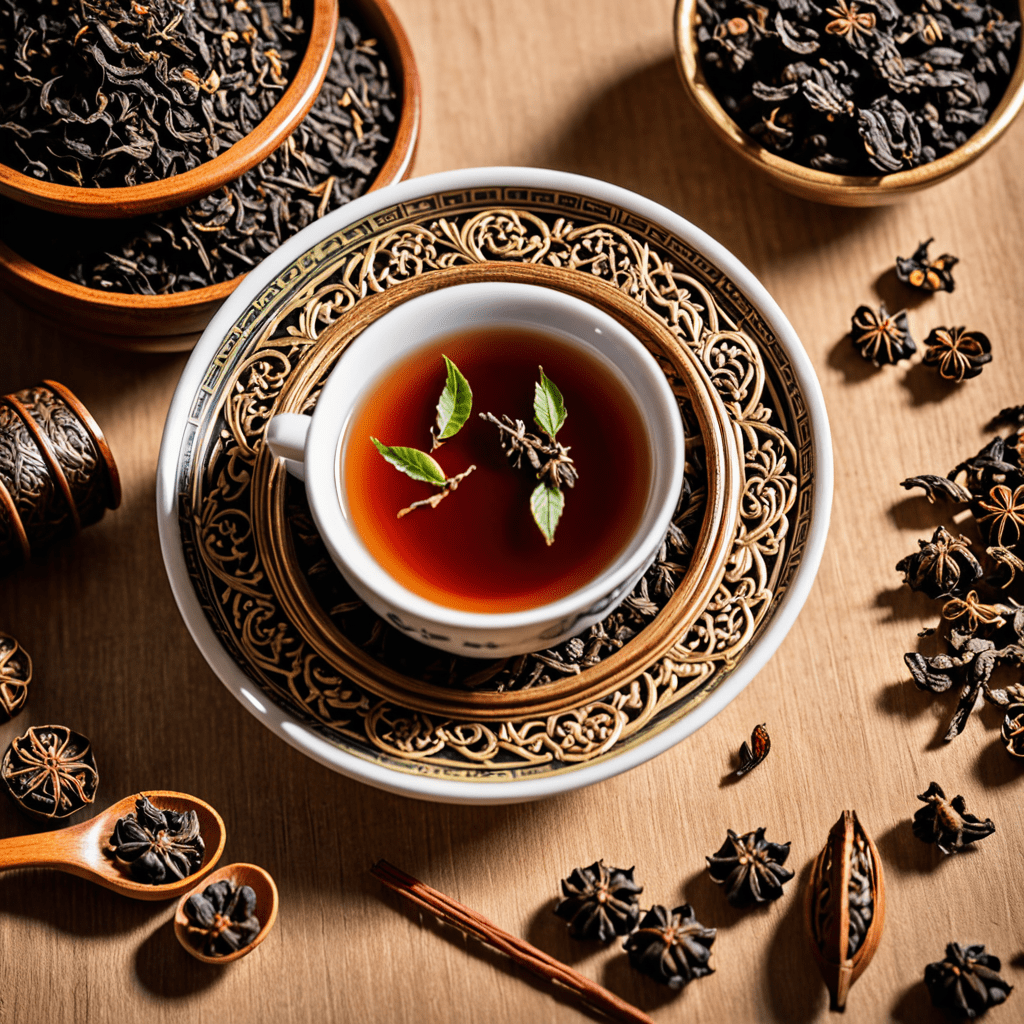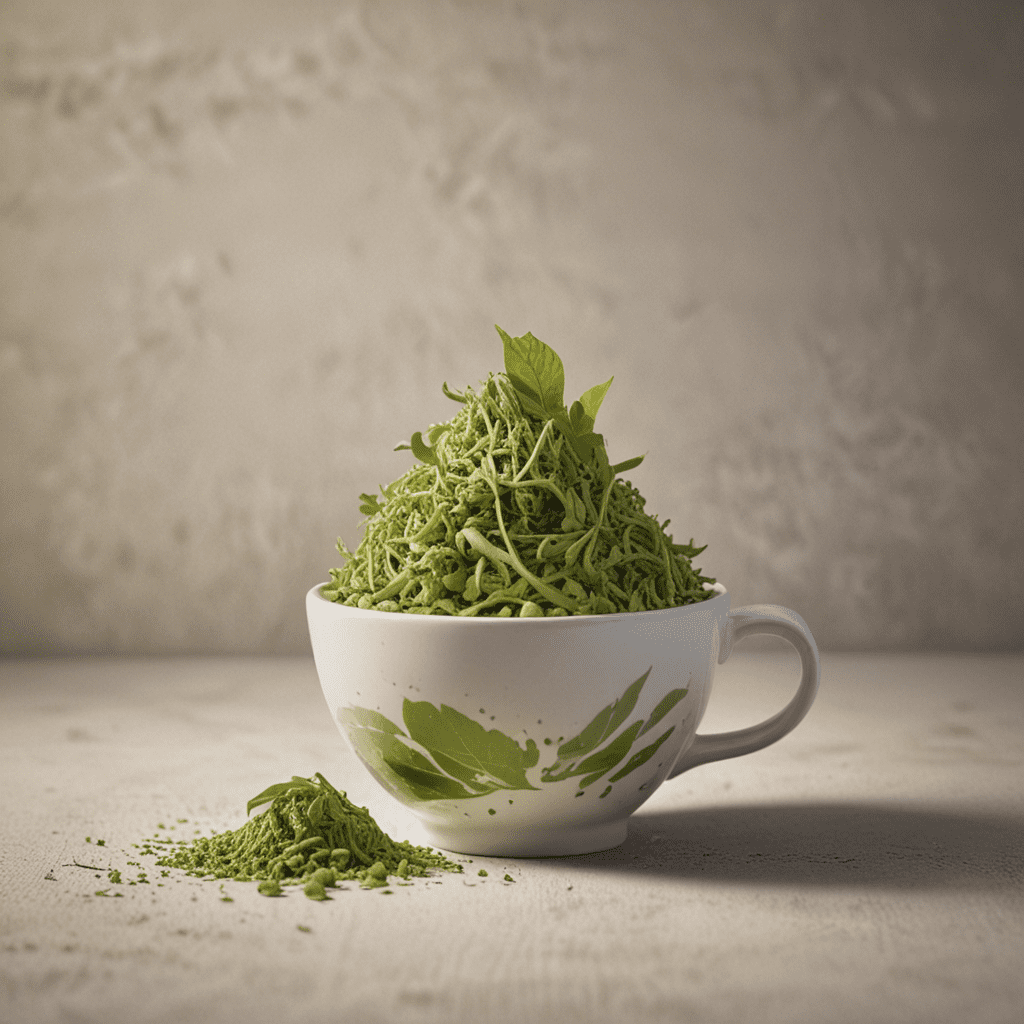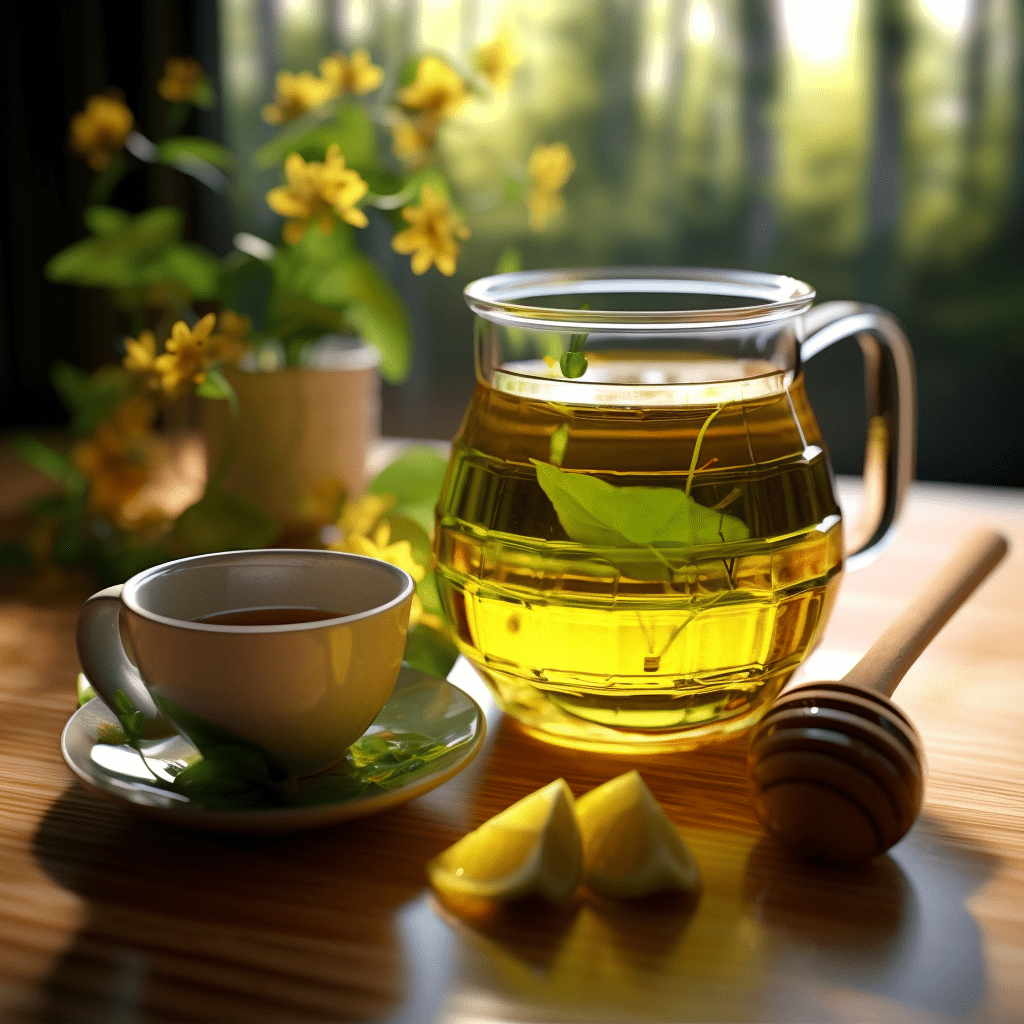Pu-erh Tea: The Art of Tea Appreciation
Introduction to Pu-erh Tea
Pu-erh tea, a unique and revered variety of tea, originates from the Yunnan province in China. Known for its rich history and complex flavors, Pu-erh tea undergoes a special fermentation process that sets it apart from other teas.
The Origins of Pu-erh Tea
Dating back centuries, Pu-erh tea was initially produced in the town of Pu-erh in Yunnan. Legends speak of its discovery during the ancient Eastern Han Dynasty, where its medicinal properties and distinctive taste made it highly prized.
Types of Pu-erh Tea
There are two main types of Pu-erh tea: raw (sheng) and ripe (shou). Raw Pu-erh is known for its earthy and bold flavors, while ripe Pu-erh undergoes additional aging and fermentation, resulting in a smoother and mellow taste.
The Art of Brewing Pu-erh Tea
Brewing Pu-erh tea is considered an art form. To fully appreciate its nuances, use freshly boiled water and steep the leaves multiple times, allowing each infusion to reveal different layers of flavor and complexity.
Health Benefits of Pu-erh Tea
Pu-erh tea is not just esteemed for its taste but also for its potential health benefits. Rich in antioxidants and known for aiding digestion and weight management, Pu-erh tea is a favorite among tea enthusiasts seeking both flavor and wellness.
Appreciating Pu-erh Tea
To truly appreciate Pu-erh tea, take the time to savor each sip. Notice its aroma, taste, and how it evolves with each steeping. Embrace the ritual of tea drinking and immerse yourself in the centuries-old tradition of Pu-erh tea appreciation.
Conclusion
In conclusion, Pu-erh tea stands out as a remarkable tea variety that combines history, craftsmanship, and flavor in a single cup. Embrace the art of tea appreciation by exploring the world of Pu-erh tea, discovering its diverse flavors, and indulging in moments of tranquility with each brewed cup.
FAQ: Pu-erh Tea
What is Pu-erh Tea?
Pu-erh tea is a unique type of fermented tea produced in the Yunnan province of China. It undergoes microbial fermentation after the leaves are dried and rolled, resulting in its distinct earthy flavor profile.
How is Pu-erh Tea Different from Other Teas?
Unlike most teas that are consumed shortly after production, Pu-erh tea is aged, which enhances its flavor and character over time. It can be classified into raw (sheng) and ripe (shou) Pu-erh, each with its own processing method and taste.
What Makes Pu-erh Tea Appreciation an Art?
Pu-erh tea appreciation involves understanding the complex flavors that evolve with aging, as well as the rituals and traditions associated with brewing and serving this tea. It requires patience, experience, and a discerning palate to fully appreciate its nuances.
How Should I Store Pu-erh Tea?
To maintain the quality of Pu-erh tea, store it in a cool, dry place away from strong odors. Allow air circulation to prevent mold growth, and avoid exposure to direct sunlight. Proper storage conditions can help Pu-erh tea age gracefully and develop its desired flavors.


